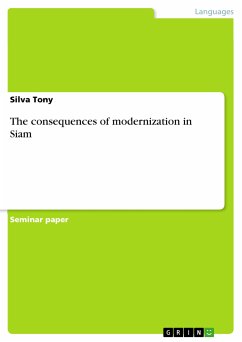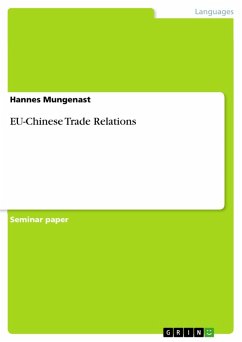Seminar paper from the year 2013 in the subject Asian studies, grade: A, Presidency College, Kolkata, course: Masters, language: English, abstract: Textile industry held a pre-dominant position in the economic history of India. The industrial revolution had an over-whelming impact on domestic industries leading to far-reaching repercussions in the economic sphere. B.R Tomlinson in his work, Economy of Modern India, 1860-1970 points out that at the beginning of the English rule the Indian handicraft and textile industries used to supply about a quarter of all manufactured goods produced in the world. The domestic industries contributed to the majority of chief export items of the European trade. With the start of the Industrial revolution in the west, India's status as the chief supplier of textiles to the world relegated to the background. India became the dumping ground of raw materials for the rising English Industries. At the same time the country was a potential market for the influx of British manufactures. There is a considerable quantitative data from south, Central and Eastern India hinting at the general decline in textile production. The English industrialization had a subversive effect on spinning and home spun commodities. The Lancashire produced fine quality yarn had somehow wrecked the possibilities of yarn spinning in India. Tirthankar Roy points out that cotton textile is the most important example of craft threatened by steam-power technology, or of pre-modern industry threatened by industrializing Britain .
Dieser Download kann aus rechtlichen Gründen nur mit Rechnungsadresse in A, B, BG, CY, CZ, D, DK, EW, E, FIN, F, GR, HR, H, IRL, I, LT, L, LR, M, NL, PL, P, R, S, SLO, SK ausgeliefert werden.









